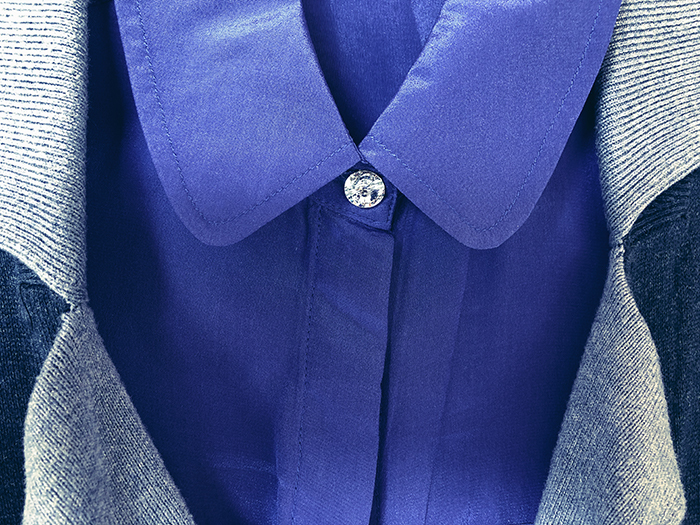Simply Central: Recycling fashion
Mary Hinsen
13 March 2021, 3:37 PM
 This week, we take a look at ways to recycle clothes, for those who are crafty and those who are not.
This week, we take a look at ways to recycle clothes, for those who are crafty and those who are not.Fast fashion is so successful, as it is so easy to make us fall in love with hot off the press clothing items that are cheap, easily accessible and trendy.
Simply Central is a home and lifestyle series for your Sundays. We talk to local experts about what’s hot, what’s not, and everything lifestyle.
Human beings are creatures of habit. Changing our consumption habits and learning to ignore exciting new trends, especially with fashion, takes work, imagination, and requires looking beyond the short term.
In order to curb the current trajectory we are on, recycling is something we should all do as conscious consumers.
We all should commit to buying less and recycling - whether we are crafty and creative or not.
Clothes thrown in the red bin end up in landfill.
At some point, we all clear out our drawers and wardrobes. However, unlike glass and many plastics, the unwanted clothes we throw into our red bins simply end up in landfill.
The World Resources Institute put together this eye-opening graphic, based on research findings.

Source: World Resources Institute
There are a number of easy ways we can recycle instead.
Ask among your friends. Share kids’ clothes as your kids grow out of them.
Sell or give away on social media. There are a number of local buy/sell pages, and all you need to do is take a photo and write a quick message.
This is a great way to get clothes out to other people in the community who might really need them.
Box or bag your unwanted clothes up and take them to your local second-hand store.
Think about the way you shop.
As long as fast fashion remains the status quo, we will all be faced with pressure to buy more. While we can’t take back purchases we now regret, we can change what we purchase from now on.
Part of breaking the cycle of buying is to think first about what you already have, how that new item of clothing might work with other pieces, and where you might wear it. Buy with intention.
Buy a statement piece that will last. We have some wonderful second hand shops locally, filled with hidden treasures that we can pair with a few core new pieces.
Buy natural fibres where possible. Wool, for example, is long-lasting, requires less washing than many man-made fibres
Get creative.
Reuse tired clothes, or go second hand shopping and upcycle clothing to give it a second life.
Add new buttons, add belt loops and cinch it in with a belt, lengthen, shorten, dye it a new colour, look up the Japanese art of sashiko and do some creative patching.
Sashiko is truly inspiring.
Get help.
However, you don’t have to be skilled at sewing to get creative with second hand clothes. There are local businesses that can provide advice and do some alterations for you.
A professional touch can also work if you don’t quite fit that suit or dress and there’s an event coming up.
Lead designer at Margaret Wray in Clyde, Jamie Richards, says getting a professional to adjust a garment can often make a huge difference to the final look.
“A professional touch can often make a garment look new again.”

Adding new buttons can be a simple way to spice up a second hand garment.
Like many other sustainable solutions, buying new clothes with a focus on quality and intention can mean a larger upfront investment.
However, by mending, changing, buying second hand and upcycling, and investing in a capsule wardrobe of versatile styles, we can actually save money and consume less in the long run.
Advertisement



